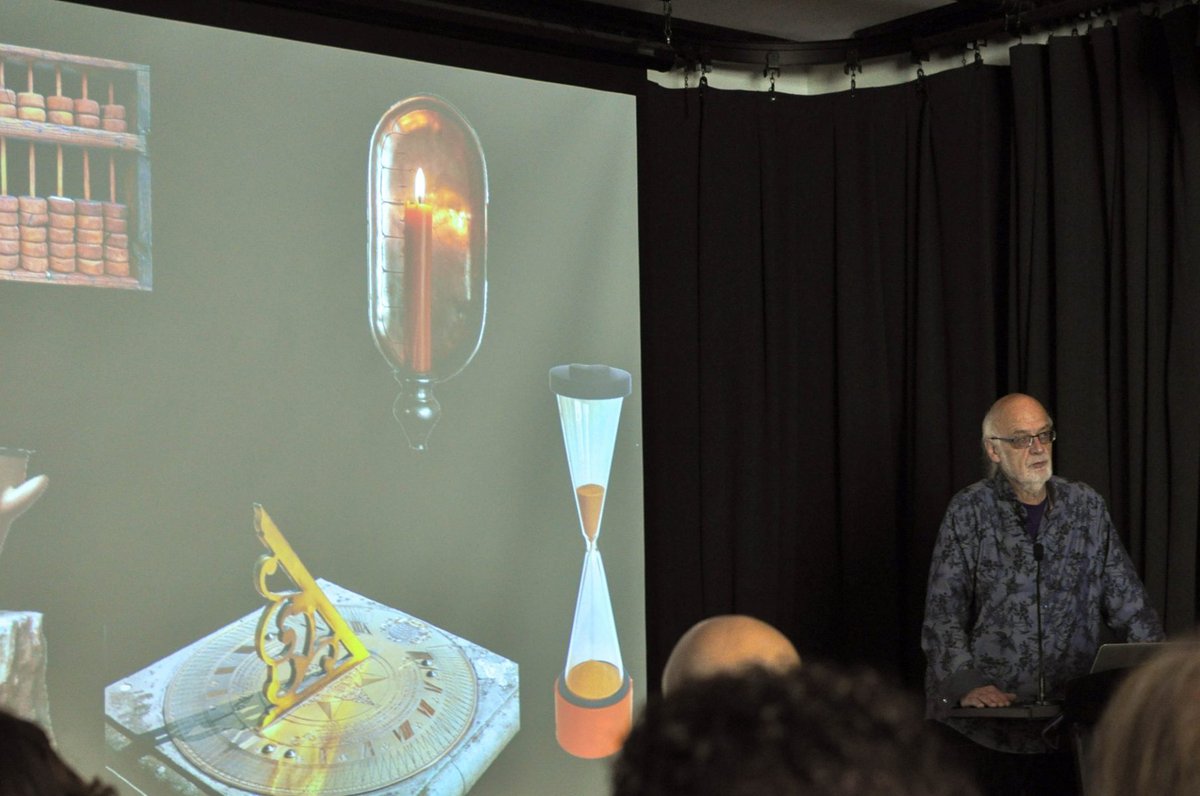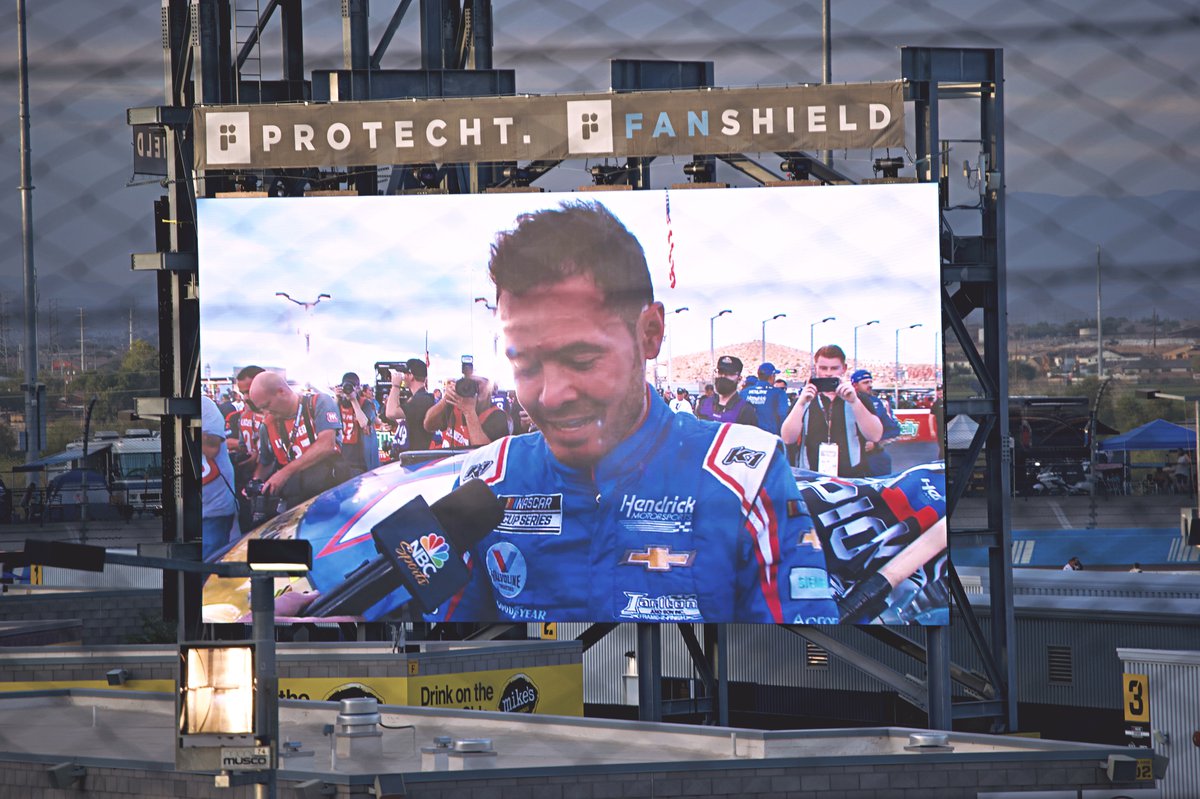Goebel explains the future of computers as time capsules

“And then we have the marriage in the heavens[…]we have a clock and a calculator. Had they decided to get married, they’d beget computers,” said Experimental Media and Performing Arts Center Director Johannes Goebel in the introduction of his talk.
In his hour-long talk, he introduced the concept of using computers as a medium to store records of events, explained the history of using computers to capture moments, and the state of the art and the future of recording data on computers.
First Goebel contrasted the human perception of time with how computers perceive time using an example: singing a note. As expected, after four or five seconds one could not tell exactly how long it was. Computers, on the other hand, record time far more precisely. He then brought up a still image displayed on a monitor and explained that, in the computer’s mind, it is not still. The monitor was refreshing dozens of times per second to make it appear still. That’s the difference between a computer’s time and ours.
But computers and humans are similar in other ways. He compared a computer’s process of “reading” data in a stored medium with our process of reading a book.
“When you read a book, you are injecting time into a book—because the book is a still object which needs to be animated in time when you perceive it. To make sense of it, we need to reactivate it into time.”
Visualizing generations as people holding hands, Goebel threw a few numbers at us to demonstrate how recent computers are and how far back our historical roots go. “The oldest written account is 170 people holding hands, the oldest temple building is 350 people holding hands, the oldest musical instrument is 1200 people holding hands ago. The first anatomically human ancestor is 6500 people holding hands. The first computer is just two and a half people holding hands,” he said as a visual representation of that was projected on the screen.
And similarly, our obsession with recording events goes back a long way as well. The oldest cave-painting is 30,000 years old, the oldest wood tablet with writing is 7,000 years old, the oldest clay tablet with writing is 4,500 years old and the oldest paper book is 1,150 years old.
However, Goebel also addressed why record keeping might be a futile task. “The documentation is not an event. There is no way to completely capture the event.” This sounded like an antithesis to his talk. But he explained that our culture prioritizes documenting our every move instead of enjoying the moment.
Still, he realized that, as he’s getting old, his desire to document everything is growing. If, for instance, someone shut down EMPAC today, and a documentation of all the events were created in the form of a book or a solid-state drive, someone in 20 years may be able to read it.
But, just like how we can’t decode ancient languages, in a few decades the technology used to run current SSDs won’t exist. He substantiated this point by pointing to floppy disks, which very few people still have the technology to read as of now. The data is effectively lost.
“Non-volatile is a euphemism,” he said when referring to modern electronic storage media. “If you took data off a 15-year-old hard disk and tried to read it, you would probably not find anything.” CDs, DVDs and other optical media can be destroyed by ultraviolet light and oxidation. Hard drives, magnetic tapes and SSDs are not designed to last more than, at best, 15 years. He goes on to claim that this is because computer manufacturers keep expecting you to buy a new one fairly often so they don’t think about it from a long-term perspective.
When considering the fragility of modern digital storage media, he claimed, “It’s very difficult to grab time and make it stand still.”
Finally, Goebel looked at one proposed solution—the M-Disc. The M-Disc is a technology first developed at Brigham Young University. It’s a disc made to last over 1,000 years and resistant to temperature and humidity. Yet, it functions like a normal DVD. All it needs to run is a basic computer from this era with a functioning OS, a DVD player, and any necessary peripherals, like a keyboard and monitor.
He believes that technology like this will help us preserve data for future generations. It is a tool to preserve our legacy and a “time-capsule” for future generations.

 Opinion
Opinion